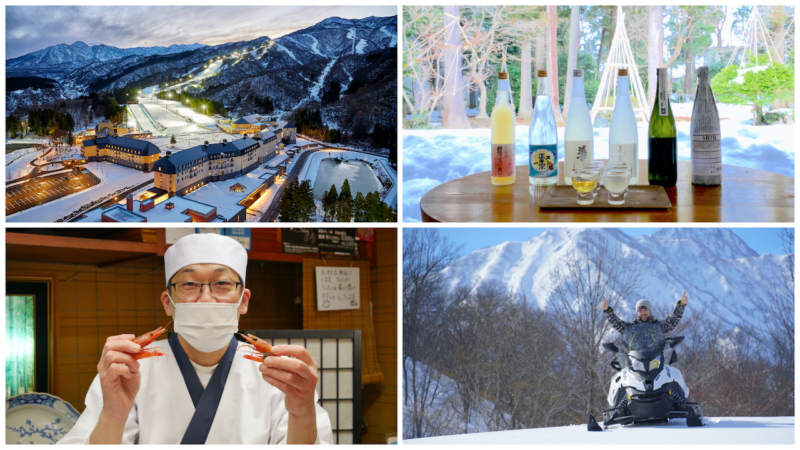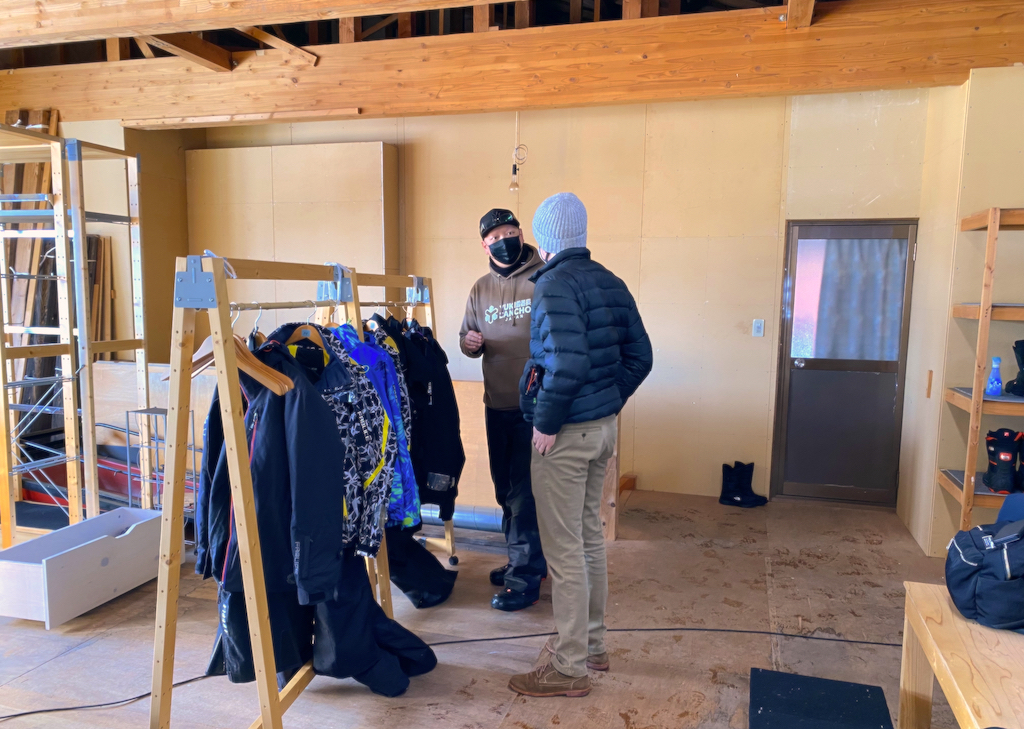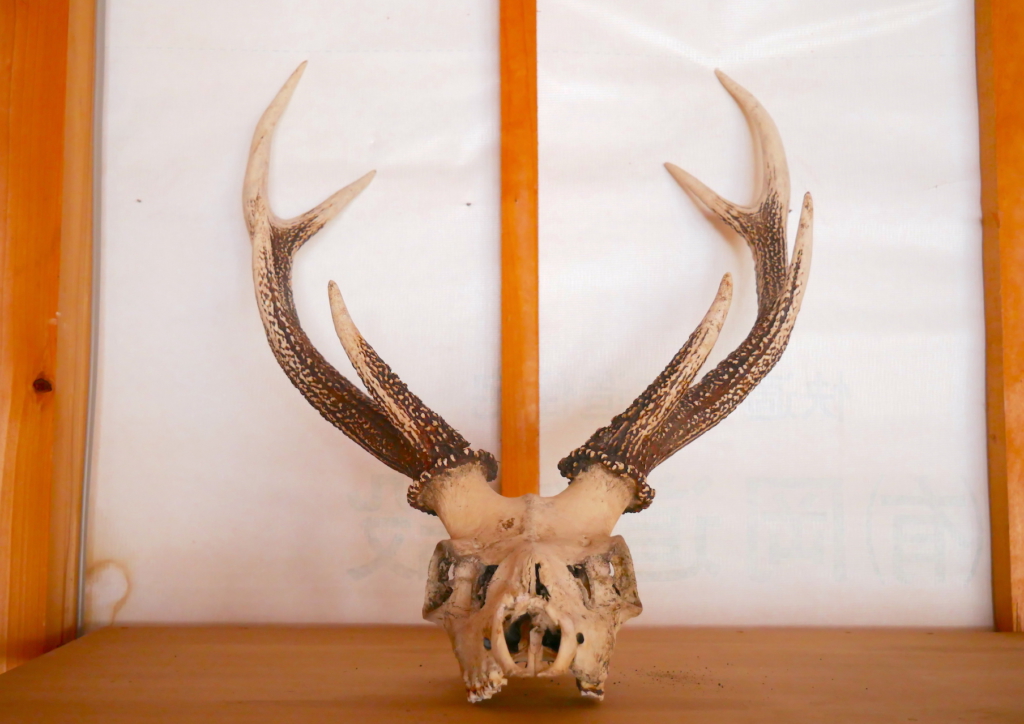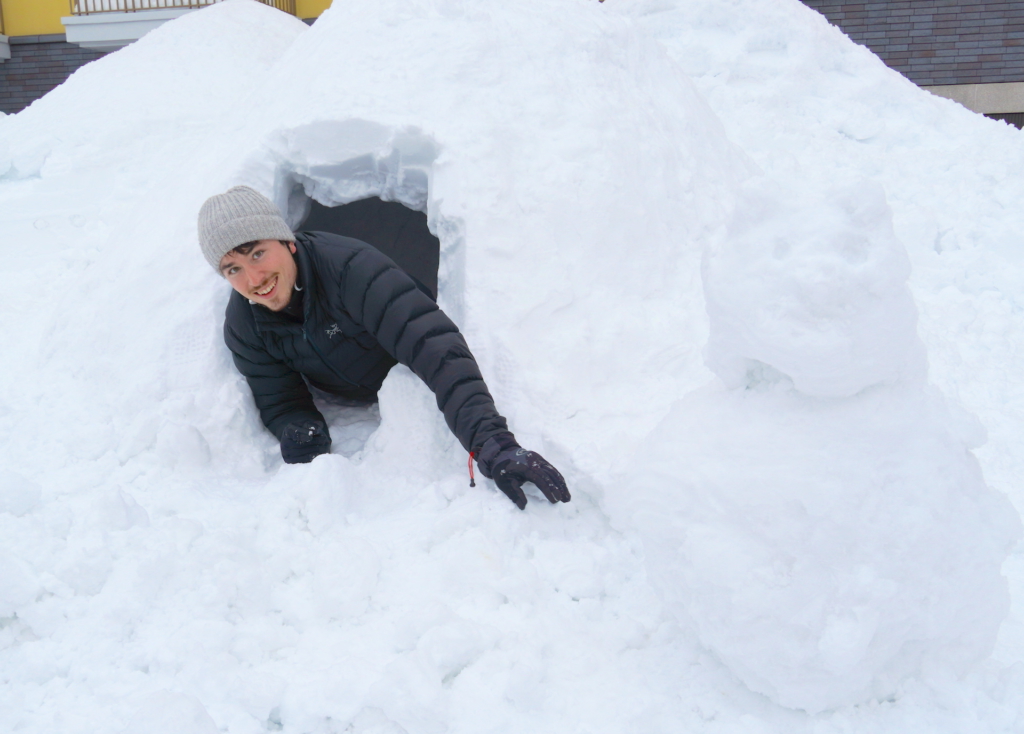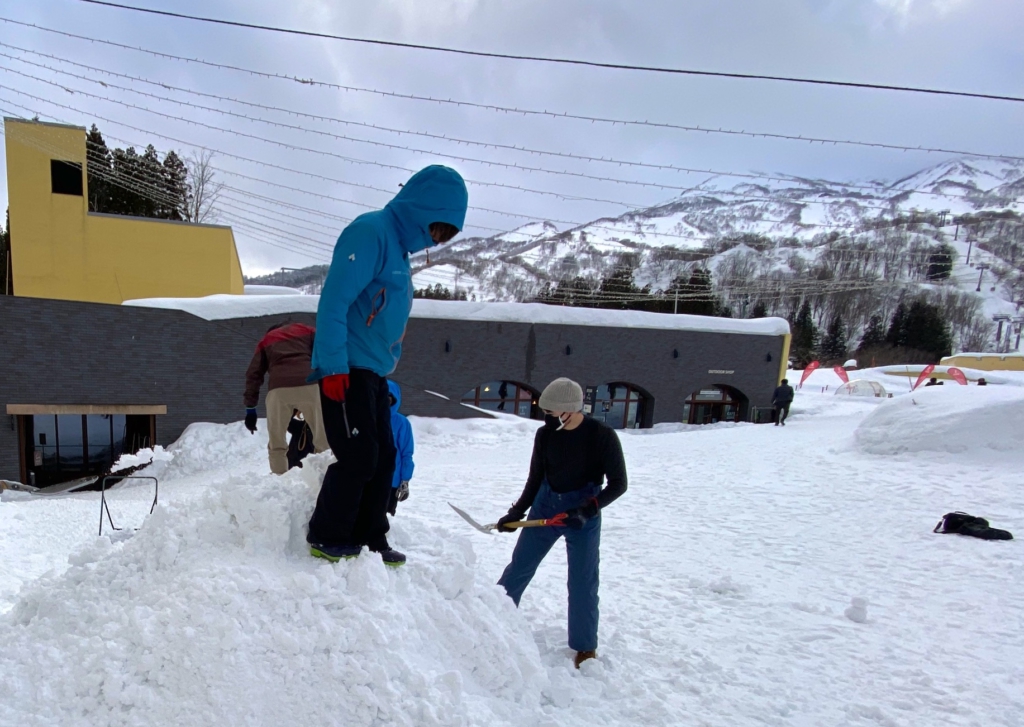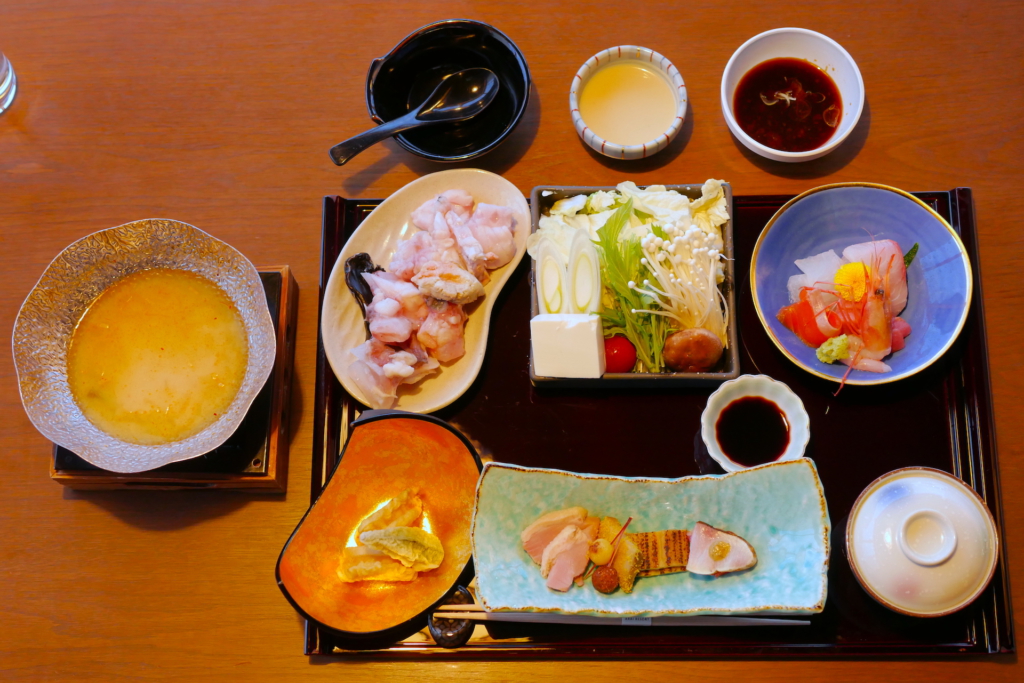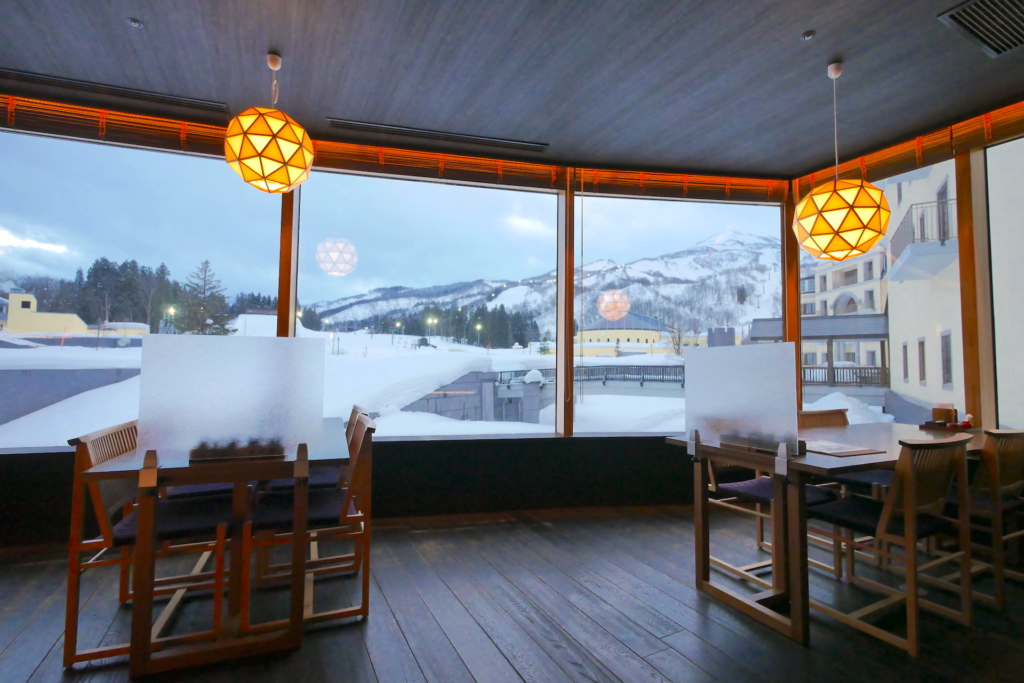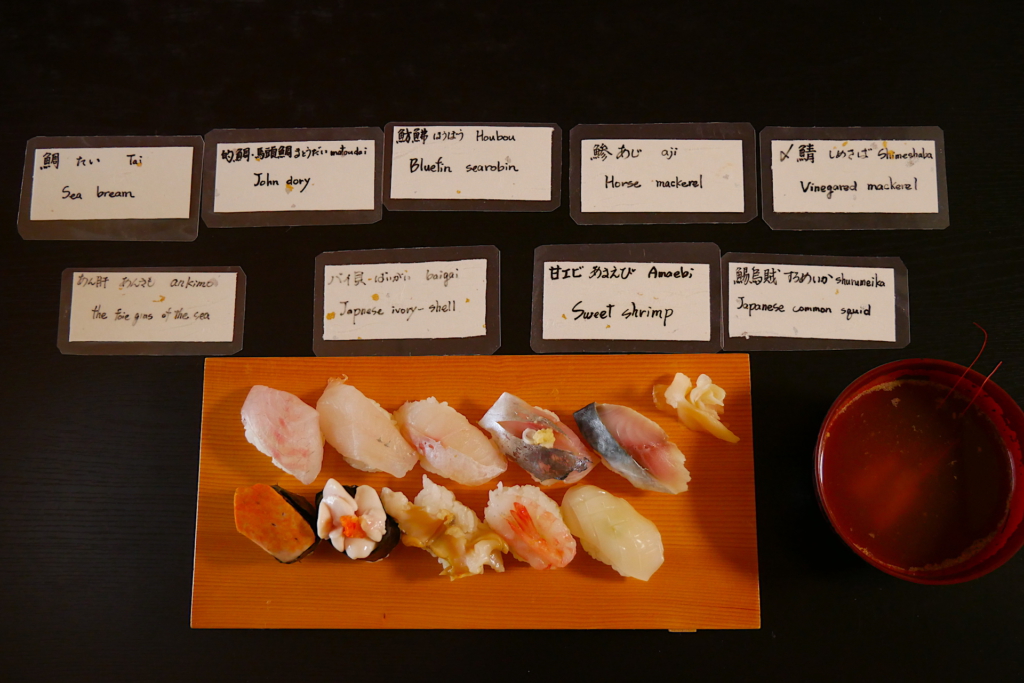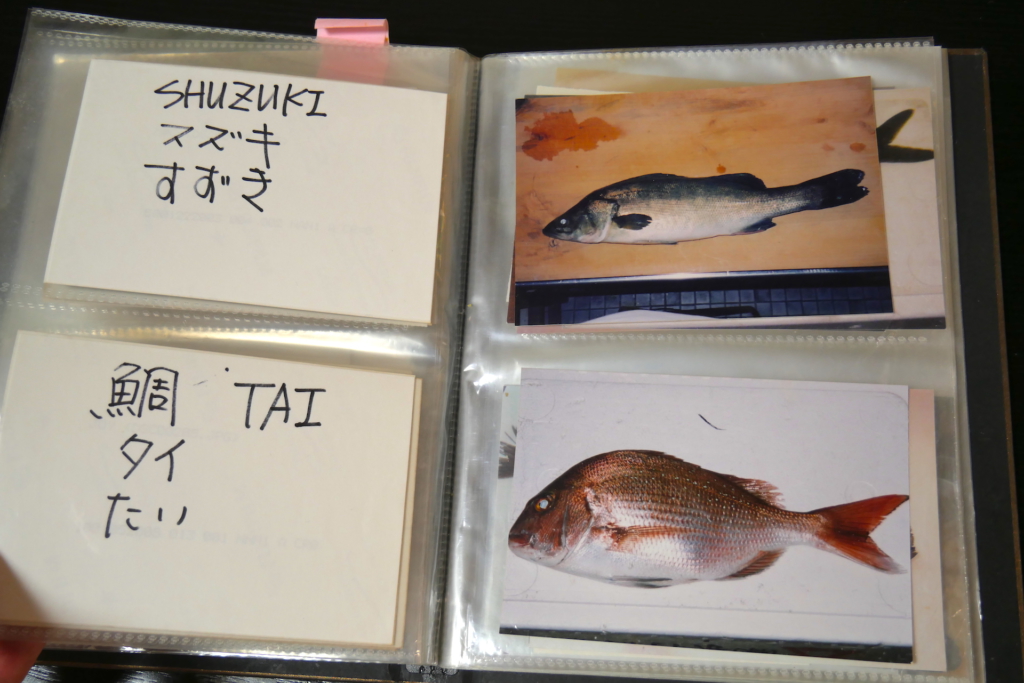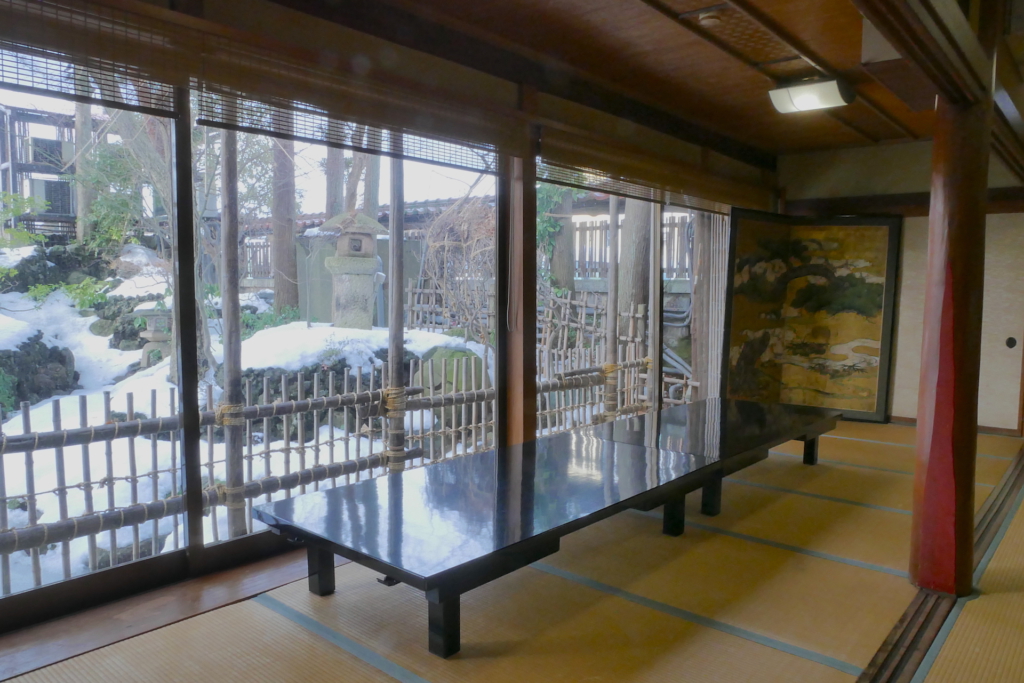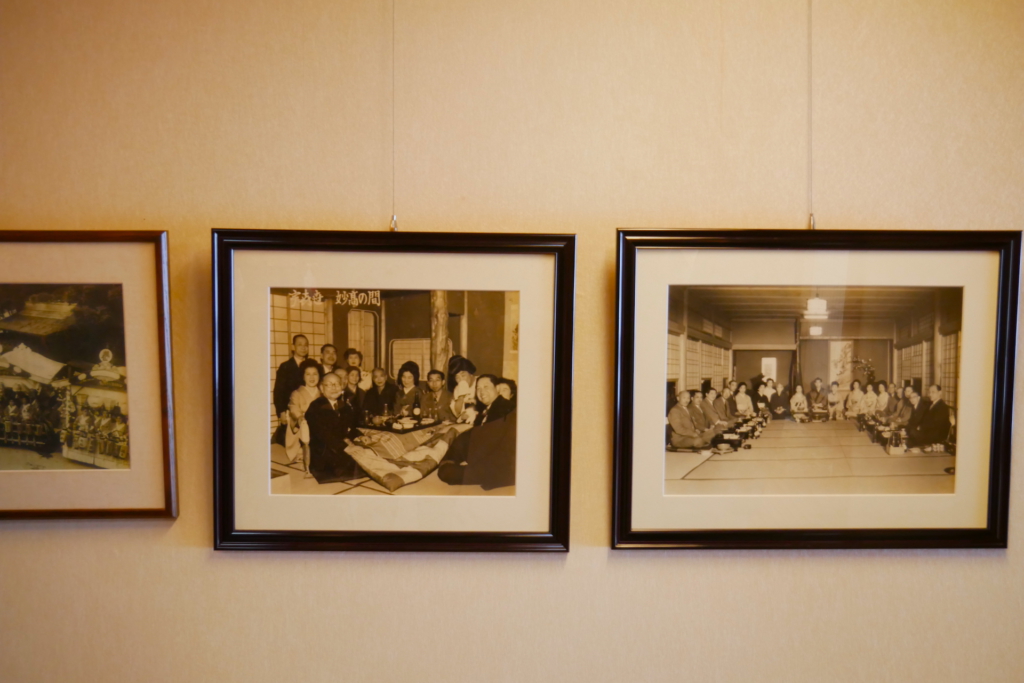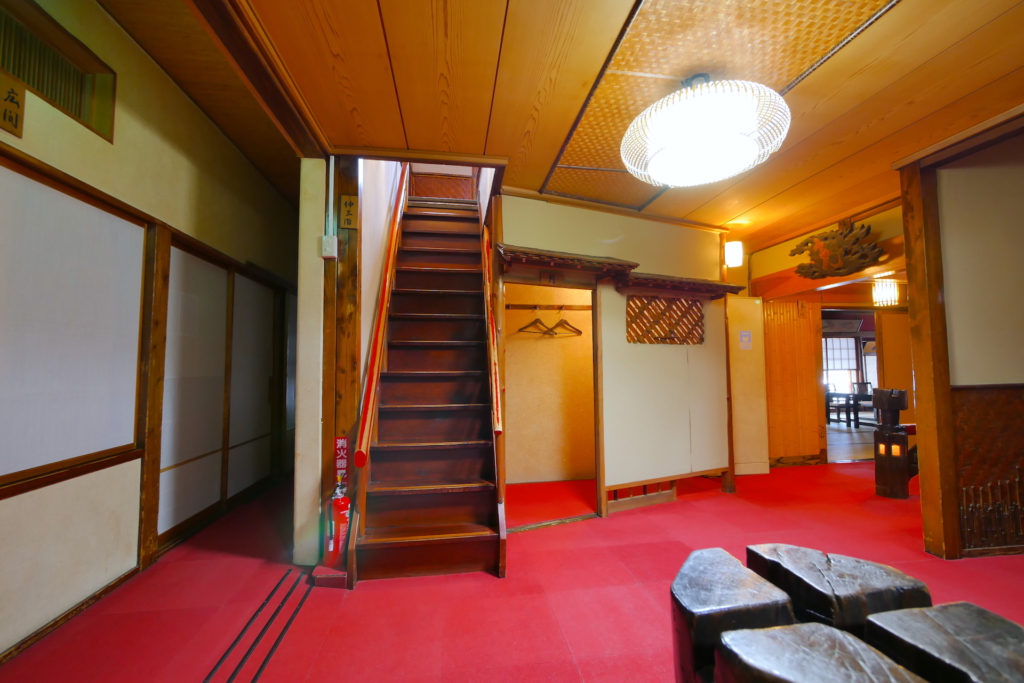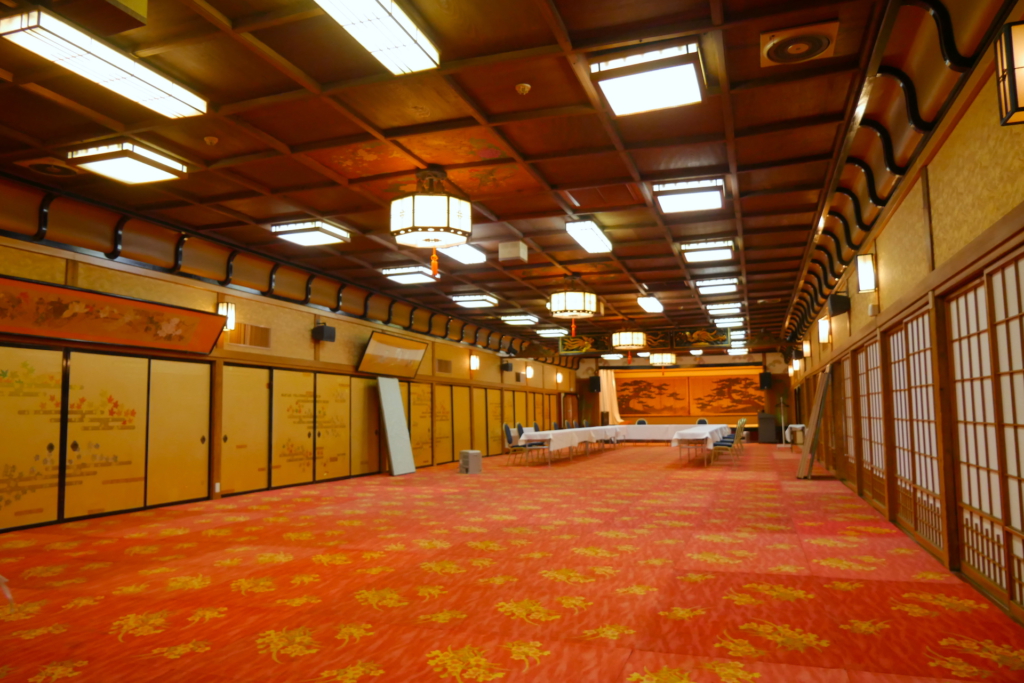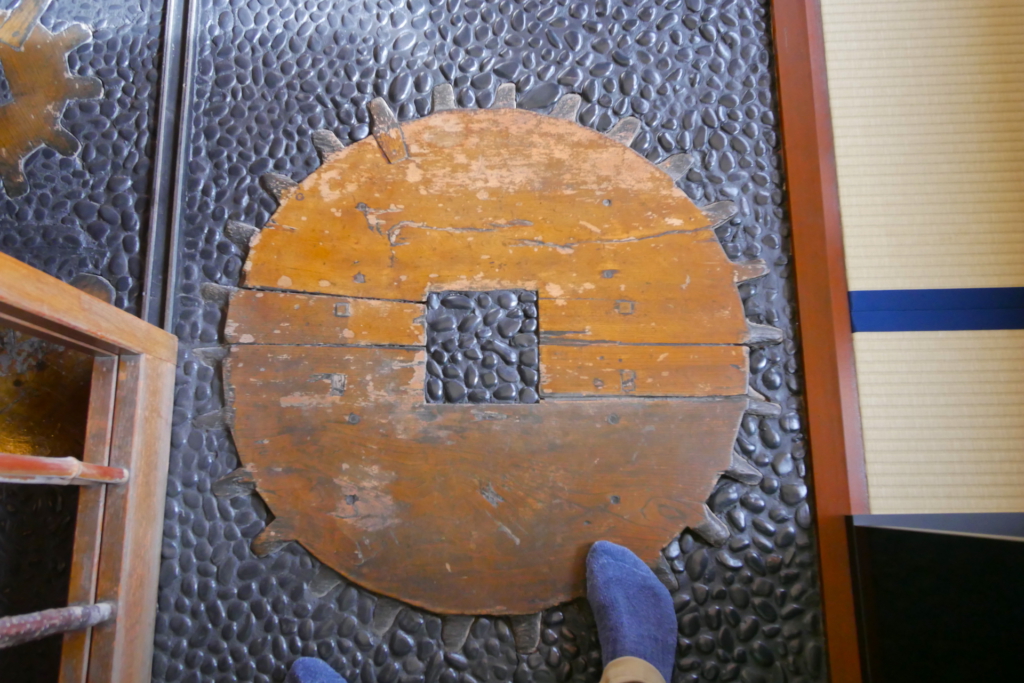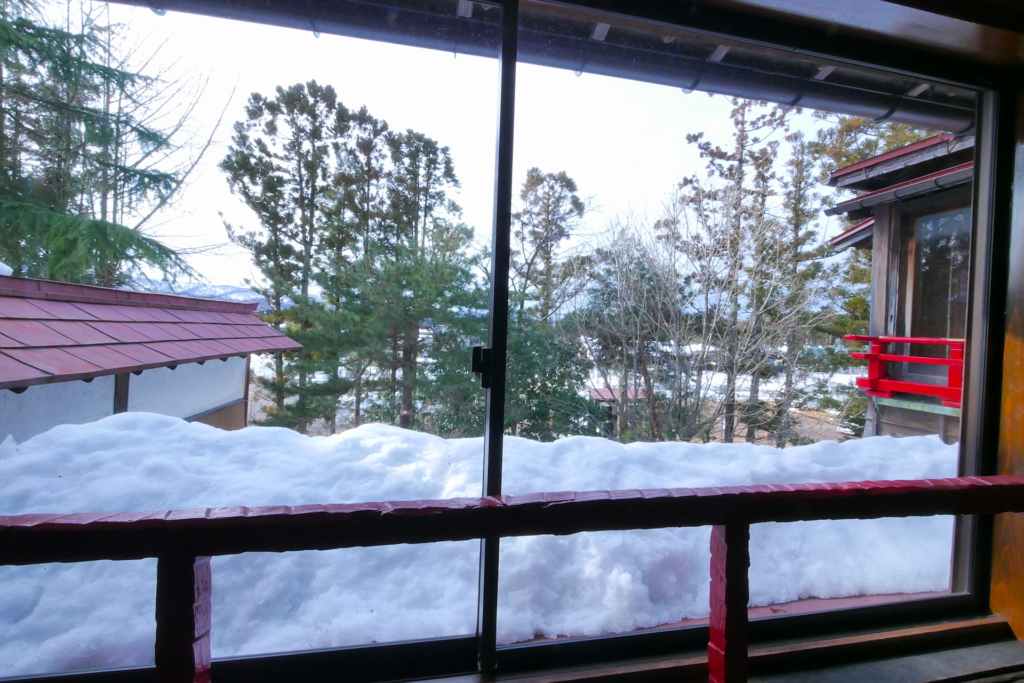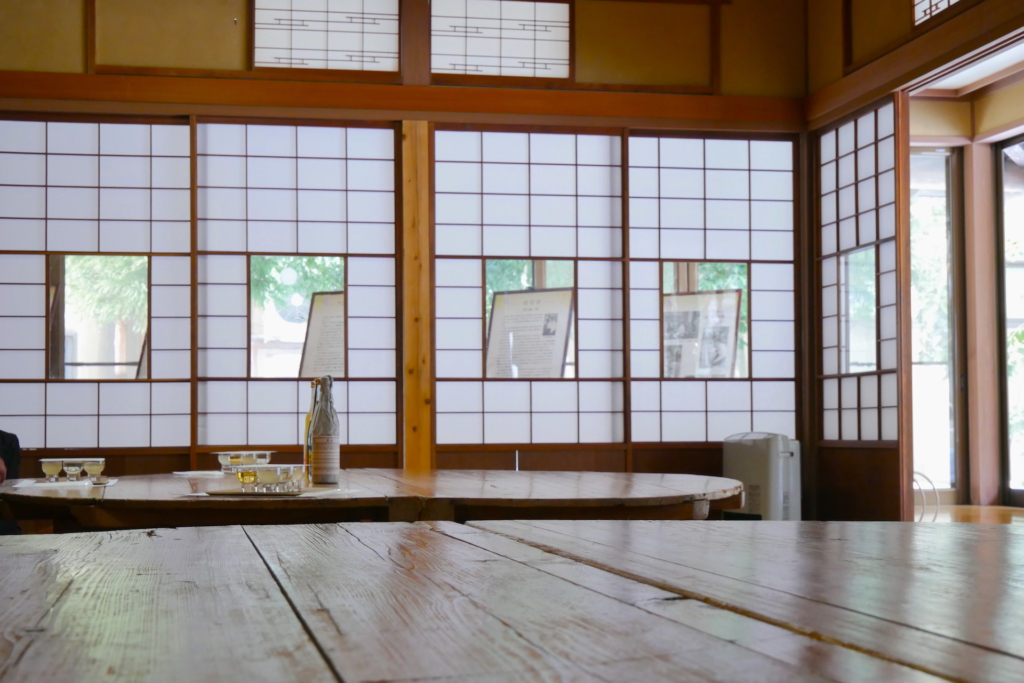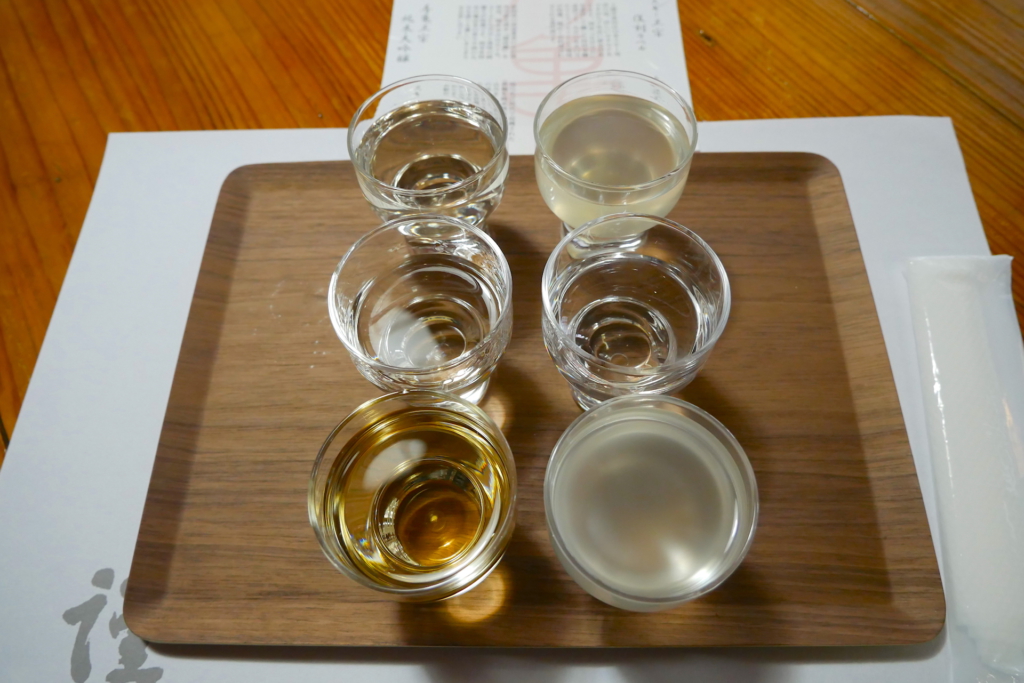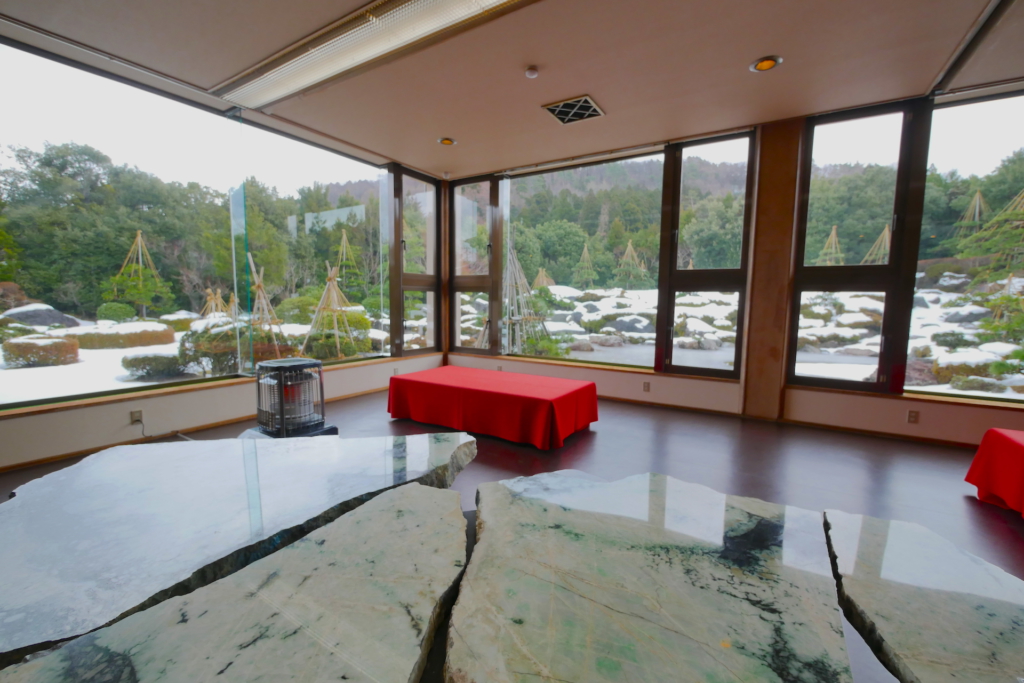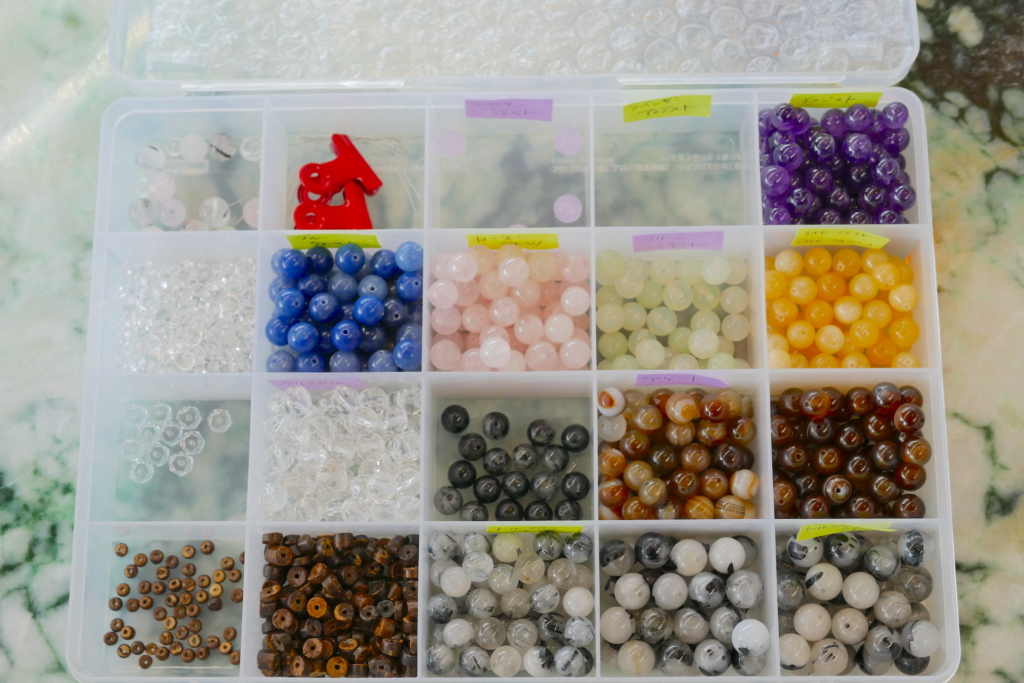Where Is Niigata Prefecture?

Niigata Prefecture is a part of the Chubu region of Japan and sits roughly 200 km northwest of Tokyo. It is Japan’s 5th largest prefecture and is characterized by a sweeping coastline facing the Sea of Japan alongside an expansive inland terrain of rugged mountains. With heavy snowfall in winter, lush greenery in summer, and vivid foliage in autumn, you really can’t go wrong no matter when you choose to visit, but this article will focus on the charms of Niigata in the wintertime, especially in the western part of the prefecture which includes Myoko (a popular ski destination), the city of Joetsu (the largest urban area nearby), and Itoigawa (a smaller city on the coast west of Joetsu).
When Is Winter in Niigata Prefecture?

Peak winter conditions are generally seen in western Niigata between mid-December and late March. However, this can change depending on the year, so always confirm the latest information on the website of the ski resort you plan to go to before making any plans.
9 Reasons to Choose Western Niigata for your Winter Trip to Japan
1. The Joetsu Myoko Area Is Stunning and Perfect for Winter Sports!

Mt. Myoko is a majestic stratovolcanic peak located within Myoko-Togakushi Renzan National Park that stands watch over western Niigata Prefecture. When I first arrived in the area, I was blown away by the scale and beauty of the snow-covered peak and surrounding mountain range. Before going there, if someone had shown me a picture and asked where it was, I would have guessed somewhere in Colorado (myself being from America). Nope. This is Niigata, one of the snowiest places in Japan and home to some of the most picturesque winter scenery in the whole country.
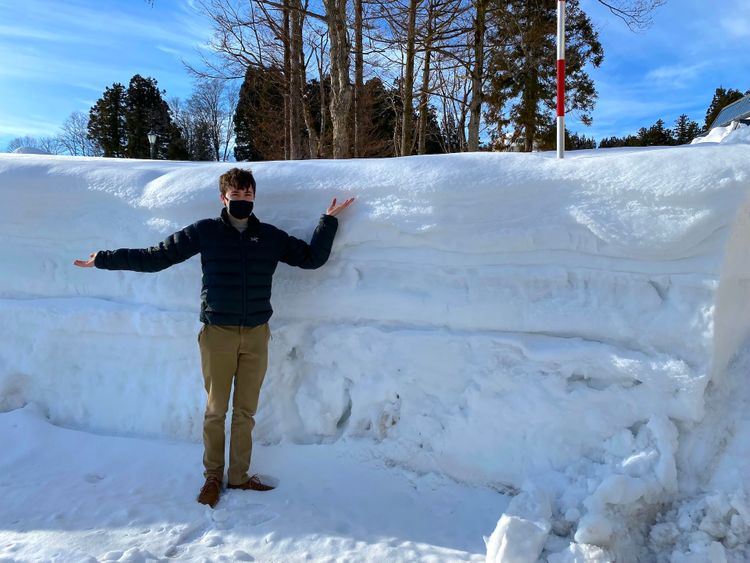
If you enjoy winter sports, this is your paradise. Due to its close proximity to the Sea of Japan, the mountain receives a stunning amount of snow each winter and is a top destination for powder snow seekers. When I visited in mid-January, the snow was already deeper than my height! But even if winter sports aren’t your thing, the scenery alone makes it worth a visit. Once you add all the other great things to do nearby to the equation (which we’ll detail below), it becomes an easy choice to visit the Joetsu Myoko area in the winter.
2. Snowmobiling With Yukibancho is a Blast!

To get up close and enjoy the gorgeous winter wonderland that is Mt. Myoko, I highly recommend taking a snowmobile tour with Yukibancho. No matter how exciting an activity or experience, I believe the staff is what makes it truly memorable. In the case of Yukibancho, they have both things going for them, with really personable tour staff who provide an unforgettable and excitement-filled day on Mt. Myoko.
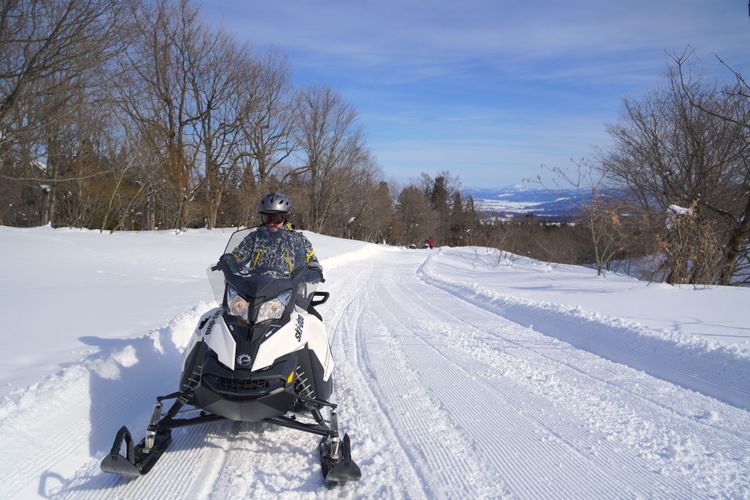
Enjoying the crisp mountain air while zipping up the mountainside on my own snowmobile was one of the highlights of the trip and something I can’t wait to do when I go back to Niigata next time. Apart from the fun of driving a snowmobile, being able to fully take in the nature and quiet of more remote places on the mountain was what made it so special. Oh, and the view! Looking down from the mountain, we could see the city of Joetsu and even the Sea of Japan in the distance!
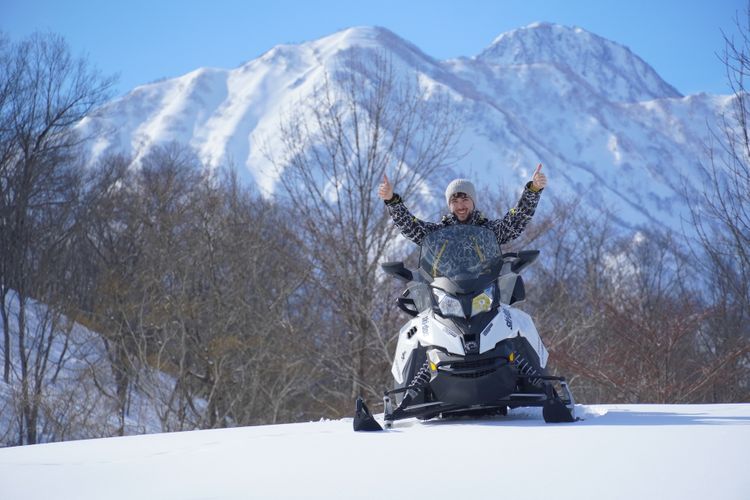
There are two courses to choose from: the 1.5-hour “Wilderness Adventure” or the 2.5-hour “Yukisato Experience.” Both will take you through the woods and about 10 km across the mountain to some breathtaking viewpoints, but the longer Yukisato Experience covers more distance and also includes hot coffee from a local roaster that has been aged in an ice house, plus the chance to explore deeper into the wilderness via snowshoes or try a snow surfing activity.
Even if you’re a first-timer like me, there’s nothing to worry about as the staff will teach you everything you need to know about driving a snowmobile and let you practice by driving around a field before actually starting the tour. Some of the staff have spent time living abroad, so communication in English is no problem. Also, Yukibancho has all the gear and wear needed for snowmobiling available for rent, meaning all you need to do is show up ready for adventure.
| Name | Yukibancho Snowmobile Tours |
|---|---|
| Opening hours | 9:00 am – 4:00 pm, by reservation only. Open season is dependent on snow coverage, but typically runs from late December through Late March |
| Closing days | irregular |
| Price | Wilderness Adventure: Single: 19,500 yen Tandem: 17,500 yen, child (12-16 y/o): 10,500 yen Yukisato Experience: Single: 30,000 yen Tandem: 27,500 yen, child: 27,500 yen |
| Address | 1441-2, Okazawa, Nakagou-ku, Joetsu-shi, Niigata 新潟県上越市中郷区岡沢1441-2 Google Maps |
| Access | About 20 minutes by car from JR Joetsumyoko Station |
| Website (English) | https://japow.japaho.com/en/snowmobiletours/ |
| Other | Follow the links on the website to make an inquiry |
3. Lotte Arai Resort

The third reason to choose the Mt. Myoko area for your winter trip is Lotte Arai Resort. Owned by Lotte, the company famous for its sweets and snacks,the resort is replete with newly refurbished facilities and has pretty much everything you could ever want from a luxury ski resort including:
・Amazing Slopes Selected as the Best in the World

The ski area at Lotte Arai Resort is first-rate. There is a 951-meter elevation difference from the lower gondola to the top lift, and there are courses for all skill levels including a long and gentle bunny hill for the kids all the way up to backcountry powder runs through the trees for experts. It was even awarded Japan’s Best Ski Resort by the World Ski Awards in 2020, as well as Best Ski Resort by the Ski Asia Awards in the same year. There are a total of 5 lifts that take you up to different elevations on the mountain, so it’s a great place to practice and improve your skills as you try progressively more difficult courses.
・Fun-filled Activities For The Whole Family
Other than the ski slopes, Lotte Arai Resort offers a surprisingly large number of activities that guests can partake in for an additional fee. These include a snowshoe tour, sledding and tubing, snow rafting (being towed in a large inflatable raft behind a snowmobile), sightseeing gondola rides, and more. I was interested in the “kamakura” (snow quinzee) making activity. First, we worked up a sweat shoveling snow into a huge pile on top of a large, durable balloon. Once it was tightly packed into thick walls, we dug open the doorway and deflated the balloon, leaving a space inside that we could crawl into! It was fun, active, and great for photos to show off Niigata’s huge volume of snow!

In addition to the outdoor activities, there is also a large indoor space with a bouldering wall and trampolines. I spent some time on the bouldering wall and can report that it is quite authentic, with a range of routes for beginners up to experienced climbers to practice their skills on. Climbing shoes are available for rent, and there’s also a kid’s wall with fun, themed climbing holds, so it’s a great place to spend some time if you need a break from the cold.
・Delicious Food With Plentiful Variety
Lotte Arai Resort is home to 13 different restaurants, cafes, and pubs spread across several buildings. During my visit, I tried the outstanding seasonal Japanese “kaiseki” course cuisine at Asahi, a beautiful restaurant with wide curving windows overlooking the slopes. The extravagant course centered around a delicious hot pot of “ankou” (goosefish), which was in season in mid January, and also came with sashimi, simmered yellowtail and daikon, tempura, duck sirloin, soup, and dessert. For breakfast, I dined at The Plate, a restaurant where you can make a custom breakfast from nearly a hundred different mouthwatering items, including both Japanese and Western fare. If you enjoy good food, you definitely won’t be disappointed by the huge variety available at the resort.
・Open-Air Onsen Baths

No Japanese ski resort in the mountains would be complete without an onsen hot spring bath, and Lotte Arai Resort doesn’t disappoint in this aspect! The resort’s “Hoshizora Onsen” is a full-scale onsen facility replete with several baths, both indoor and outdoor, that is free for guests of the hotel. The outdoor baths are where I spent all of my time because the stark contrast between the frigid air and warm natural onsen water felt amazing. There aren’t too many places where you can experience bathing in a hot spring surrounded by giant piles of snow, so I highly recommend it during your visit!
| Name | Lotte Arai Resort |
|---|---|
| Check-in | 3:00 pm |
| Check-out | 11:00 am |
| Price | There are many plans and activities available. Please check the website for details |
| Address | Lotte Arai Resort, 1966, Ryozenji, Myoko-shi, Niigata 新潟県妙高市両善寺1966 ロッテアライリゾート Google Maps |
| Access | About 30 minutes by car or free shuttle bus (reservation required) from JR Joetsumyoko Station |
| Website (English) | https://www.lottehotel.com/arai-resort/en.html/ |
| Website (Japanese) | https://www.lottehotel.com/arai-resort/ja.html |
| Other | Details about the free shuttle service that runs between JR Joetsumyoko Station (West Exit) and Lotte Arai Resort can be found here: https://www.lottehotel.com/arai-resort/en/facilities/shuttle-bus-service.html |
4. The Ocean is Nearby, Meaning Fresh Seafood!

One of the great things about this region of Niigata is the proximity of the ocean to mountains of such scale. This means that a lot of moisture is picked up from the sea and dumped on the area as snow each winter, creating plentiful powder for skiing and other winter sports. This also means that it’s possible to enjoy incredibly fresh seafood caught in the Sea of Japan during your visit—something that can’t be said for other, more inland ski resort areas.

If you’re looking to enjoy locally-caught fish served as sushi, I recommend visiting a cozy restaurant called Sushi Hiro in Itoigawa. I recommend it not only because the food is superb, but also because the owners are incredibly friendly and accommodating.

When I was there, I ordered the Nihonkai Sushi (Sea of Japan Sushi) lunch, which was presented with a Japanese list of the fish included on that day. When I jokingly asked if they could write it in English, our host came back with a handful of cards with Japanese and English names of each of the fish written on them, as well as a photo album with pictures of what the live fish look like so that I could see exactly what I was eating! This is something I’d never experienced elsewhere, and made the meal all the more memorable.
I definitely recommend the Nihonkai Sushi set because it comes with many types of fish that you won’t typically find on the menu of sushi restaurants in cities like Tokyo or Osaka. I particularly enjoyed the “ankimo” (foie gras of the sea), “baigai” (Japanese ivory shell), and “houbou” (bluefin searobin); all of which I’d never eaten as sushi before.

The others in my travel group got equally tantalizing dishes including the “Geo-don,” a sashimi rice bowl featuring locally-caught fish that is meant to look like a sacred rock formation in the Itoigawa UNESCO Global Geopark. We all thoroughly enjoyed our meal and would definitely recommend the restaurant to our friends. Be sure to give it a try while in the area.

| Name | Sushihiro |
|---|---|
| Opening hours | 11:00 am – 2:00pm, 5:00 pm – 10:00 pm |
| Closing days | Irregular |
| Price | Sea of Japan Sushi (10 pieces): 3,080 yen Geo-don: 2,420 yen |
| Address | 2-13-9, Yokomachi, Itoigawa-shi, Niigata 新潟県糸魚川市横町2-13-9 Google Maps |
| Access | About 10 minutes by foot from JR Itoigawa Station |
| Website (Japanese) | http://www.jade.jp/sushihiro/index.html |
5. You Can Experience a Meal at a Traditional Japanese Ryotei With More Than 140 Years of History

Other than sushi, a restaurant that I highly recommend for anyone who enjoys a traditional Japanese atmosphere is Ukiyo, a storied and traditional “ryotei” in the middle of Joetsu. Ryotei were where the well-to-do in society used to come to eat, drink, and gossip, often while being entertained by geisha (two of whom can still be found at work in Joetsu to this day). Nowadays, there are few ryotei left in the area, and even fewer that have been around as long as Ukiyo, which has stood as the most exclusive spot in town for more than 140 years!

It is uncertain exactly when Ukiyo was established, but it is known that it started as a catering business during the Edo period in the mid-1800s and later became a ryotei. The building that still remains today was built in 1881, and counting from the catering days, it has a history of over 140 years! Over the years, Ukiyo has hosted many important people throughout the years. One of the most notable guests was His Imperial Highness Prince Takamatsu, who visited in 1933 and again in 1946. A photograph of the Prince and his entourage enjoying the Bamboo Room can be found hanging in one of the first-floor dining rooms.
The winding interior of Ukiyo is made up of nine entertainment rooms of varying shapes and sizes spread out across 3 floors, plus one VIP room which stands alone on the top floor. Each room is completely different from the rest, with varying decorations and themes, of which most regular patrons have a favorite. If you make a reservation, you can request a specific room, but trust me that you won’t be disappointed with any, as they each have a unique charm point.
Just walking through the historic building and seeing all the different rooms was fascinating enough in itself, but the food was also outstanding! The menu is filled with a variety of dishes at different price points, but I went for the “unagi” (eel) set, which is Ukiyo’s specialty, and wasn’t disappointed. Their eel was gently seasoned and came with homemade sauce on the side which wasn’t overpoweringly sweet, so I could fully enjoy the taste of the fresh, grilled eel.

Other notable dishes include the Irodori Hako Zen, which is served in a theatrical three-tiered box, and the local favorite Shark Katsu Curry, something you won’t find in many other places in Japan. As you enjoy the food, I also recommend ordering a bottle of local sake, which pairs wonderfully with the food and also perfectly matches the traditional atmosphere.
| Name | Ryotei Ukiyo |
|---|---|
| Opening hours | Lunch: 11:00 am – 2:00 pm, Dinner (reservation only) 5:30 pm – 10:00 pm |
| Closing days | Every second Monday of the month, irregular |
| Price | Ukiyo Traditional Unagi: 4,980 yen Colorful Box-style Lunch: 4,000 yen Shark Katsu Curry: 1,980 yen |
| Address | 3-5-4, Nakamachi, Joetsu-shi, Niigata 新潟県上越市仲町3-5-4 Google Maps |
| Access | About 5 minutes by foot from Echigo Tokimeki Railway Takada Station About 15 minutes by car from JR Joetsumyoko Station |
| Website (Japanese) | https://ukiyo.jp/ryotei |
| Website (English) | https://en.ukiyo.jp/ryotei |
6. The Local Sake is Incredible

Speaking of local sake, be sure to visit a sake brewery during your visit! As one of the top producers of high-quality rice in Japan, Niigata is famous throughout Japan for its delicious sake and is home to a staggering number of breweries. No matter where you go in the prefecture, there’s bound to be a sake brewery nearby, and western Niigata is no exception.

Whether you’re a sake lover or a complete novice, I highly recommend visiting a local brewery in Takada called “Musashino Shuzo.” Musashino Shuzo has quite a long history that stretches back more than a hundred years. Until the late 1920s, the brewery’s sake was sold under the brand name Koshiyama Masamune. However, this name changed to Ski Masamune in 1927, when the area became well known as Japan’s first ski destination and many local businesses began incorporating the word “ski” into the names of their products.

The Ski Masamune brand is still made today and is quite good. However, what I liked best about Musashino Shuzo was its newer sake, which is brewed under the direction of master brewer Ryosuke Ogihara, the company’s young director. He brings a fresh sense of creativity to the brand, creating “craft” sake in small batches that have very unique characteristics.

If you make a reservation in advance, you can tour the facility where these small batches of sake are made and see everything up close. Then, the tour proceeds to an old traditional guest house called “Rakusui” which features a sitting room that looks out over a picturesque Japanese garden. Here you get to try five different sake, as well as one “umeshu” (plum wine). When I say “try,” I really mean that you get a full glass of each—more than enough to get you feeling pretty good if you drink all of it.
Each sake is completely different from the others, and among our group, everyone preferred something different. For me, the “shiboritate” (freshly brewed) version of NOROSHI 狼煙—Ogihara-san’s original sake that we saw being brewed in the other building—was the most outstanding, with a delicate flavor and lovely fruitiness. If there are any sake you particularly like, you can buy them directly from the front office and take them home as a souvenir, or order them online! I ended up bringing home a bottle of NOROSHI 狼煙 myself to share with my friends.
| Name | Musashino Shuzo |
|---|---|
| Opening hours | 10:00 am – 4:00 pm Premium Course: 20 – 40 mins. Rakusui Course: 30 mins – 2 hours Kura Tour: 1 – 2 hours |
| Closing days | Weekends and National Holidays |
| Price | Premium Tasting (3 sake + 2 – 3 other drinks (sake or fruit wine, etc.)): 700 yen Rakusui Tasting (6 sake at the Rakusui-tei guest house): 1,500 yen Kura Tour (tour of brewing facility + Rakusui Tasting): 2,500 yen |
| Address | 4-7-46, Nishishiro-cho, Joetsu-shi, Niigata 新潟県上越市西城町4-7-46 Google Maps |
| Access | About 15 minutes by foot from Echigo Tokimeki Railway Takada Station About 15 minutes by car from JR Joetsumyoko Station |
| Website (Japanese) | https://www.musashino-shuzo.com/ |
| Website (English) | https://www.musashino-shuzo.com/wp2/?page_id=521 |
| Other | Reservations are required for Rakusui Tasting and Kura Tour. Free Tasting (3 types of sake) and Premium Tasting do not need a reservation. Information and signs explaining the sake-making process during the tour are available in English |
7. You Can Make a Jade Bracelet to Bring Home

Located northwest of Mt. Myoko, Itoigawa’s claim to fame is jade, of which it is the largest producer in Japan. Signs of jade’s importance to the area can be seen everywhere, including at Itoigawa Station, where a huge boulder with patches of jade is on display, as well at gift stores, where valuable jade items ranging from jewelry to teapots can be purchased.

There are a few different places where you can make your own jade bracelet in Itoigawa, but I recommend the Gyokusuien Garden & Tanimura Art Museum. Here, there is a lovely hall with large jade tables that looks out onto the beautifully manicured Japanese garden and pond. With this idyllic scene as the backdrop, you can make your own beaded bracelet using the stone beads of your choice.
Jade is quite valuable, so only one of the stone beads can actually be jade, but the rest can be chosen freely from the box provided. Jade, and in particular white jade, is believed to bring the wearer good luck and other benefits such as health, wealth, and protection. This makes it great as a gift or just to keep for yourself as a reminder of your trip to Itoigawa.

Other than the jade bracelet-making experience, be sure to take a tour of the art museum, which features the work of Seiko Sawada, a modern sculptor of Buddhist artwork who was praised as one of the greatest of his time. Sawada lived through WWII and Japan’s rapid modernization, and his sculptures are reminiscent of traditional Japanese Buddhist art but at the same time evoke the complex emotions of his era.

In addition, the extremely unique museum building was designed by renowned architect Togo Murano and was created specifically to complement the artwork inside, with windows, skylights, curved walls, and the layout itself carefully designed to highlight certain features of the works or cast shadows or reflections that add additional dimensions to the art.
| Name | Gyokusuien Garden & Tanimura Art Museum |
|---|---|
| Opening hours | 9:00 am – 4:00 pm (last admission) (Jade bracelet making takes about 1 hour and is available between 9:00 am and 2:30 pm) |
| Closing days | Closed Tuesdays in Winter (or following day, if a national holiday), Closed Dec 29 – Jan 3 |
| Price | Gyokusuien Garden & Tanimura Art Museum entry fee: 500 yen Jade bracelet making: activity fee: 3,500 yen, Museum admission: 400 yen |
| Address | 2-1-13, Kyogamine, Itoigawa-shi, Niigata 新潟県糸魚川市京ケ峰2-1-13 Google Maps |
| Access | 20 minutes by foot from Itoigawa Station |
| Website (Japanese) | http://gyokusuien.jp/ |
| Website (English) | https://discover-itoigawa.com/see-do/hands-on-experiences/itoigawa-jade-bracelet-making/ |
| Other | Bracelet-making must be reserved at least 5 days in advance. Call to book: 025-552-9277 English display panels and guide book available |
8. The Souvenirs are the Best

In Japan, there is a strong tradition of bringing back a little something for your friends and family to share a piece of your trip. On my trip to western Niigata, I picked up some particularly fun souvenirs, most of which just happened to be sake-related. Other than the actual bottle of sake I got from Musashino Shuzo, I picked up some “amazake,” a naturally sweet drink made from sake lees; a beauty face mask infused with sake lees; and “Kanzuri,” a spicy condiment made with peppers, yuzu, and sake lees. I also couldn’t resist a bottle of Kani Cola (crab cola), which has crab broth in it!

The Kanzuri in particular is a local Niigata condiment that has gained a fair amount of popularity. Nowadays, you can even find it outside of the prefecture, but I bought a special raw version that can only be purchased in Niigata. It is quite versatile and has a unique flavor from the yuzu and sake lees that balances well with the spiciness. You can use it as an accent for miso soup, a dipping sauce for steak or other meat, seasoning for pickles, a secret flavor in curry, a spicy flavor bomb for ramen or other soup broth, and so many other things. If you enjoy spicy food, I definitely recommend it!
9. It’s Only 2 Hours from Tokyo

The last reason to choose western Niigata is its easy access from Tokyo. Taking the Joetsu Shinkansen, it’s just a quick 2-hour trip from Tokyo Station to Joetsumyoko Station. From there, a free shuttle bus runs to Lotte Arai Resort, and if you rent a car, visiting various sights in the area is very easy. This makes it perfect as a winter getaway destination that feels remote yet is still easy to get to.
Head to Niigata This Winter!

The area around Mt. Myoko in western Niigata is truly special and worth visiting in winter! Hopefully, this article has given you travel inspiration while helping you plan your itinerary. For further reference, here is a map of all the places mentioned in this article:
In addition, the places introduced here were visited by Instagram influencer @cheeserland! Check out her Instagram profile to discover more wonders of Niigata!
If you want to give feedback on any of our articles, you have an idea that you’d really like to see come to life, or you just have a question on Japan, hit us up on our Facebook!
The information in this article is accurate at the time of publication.
